9 Industrial Printing Methods to Know
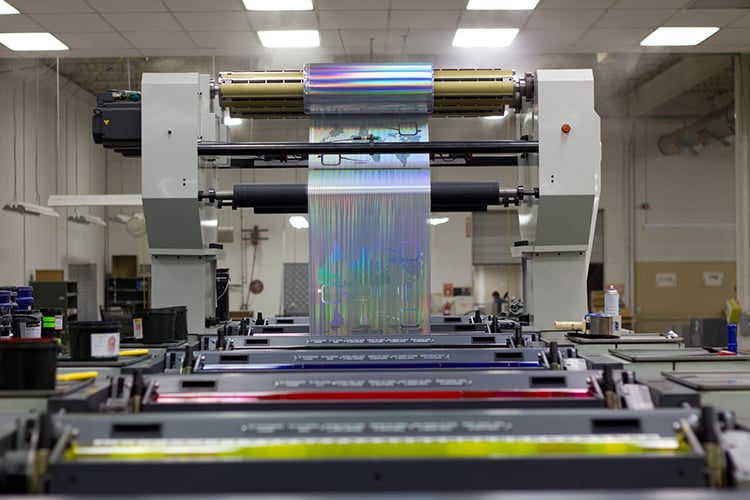
Did you know that different types of industrial printing methods exist?
A lot of individuals are aware of the term "printing." However, the methods associated with such are not common knowledge. In this article, we will be covering the different types of printing methods and the best time to apply them.
Read below:
Types of Industrial Printing Methods
Industrial printing is the way to go when you have large items or products needing special branding. This article takes a look at 9 of the types of industrial printing. The differing factor among industrial printing methods is in the technologies used. The intended use of the print then determines the material or item that best fits. In industrial printing, the types of printing methods include:
- Flexography
- Gravure

- Digital Printing
- Offset lithography
- Screen Printing
- Pad Printing
- Thermography
- Flock Printing
- Letter Press
So, what makes these processes different from each other?
Flexography
The nicknames given to flexography are flexo and letterpress. In this method, a printing plate gets used for the content. The making of the printing plate consists of rubber.
When the plate is inked, the image is then transferred to the surface requiring the printing. A printing cylinder or anilox roll gets used for the printing. Most of the time, the flexography method gets applied to stickers and packaging.
The reasoning behind the nickname flexo originated from the use of the method on corrugated cardboard. But, metals, cellophane, and plastics also qualify. As the nickname letterpress suggests, the application also extends to newspapers.


Gravure
Another name for gravure is rotogravure. It is a technique whereby the engraving of an image gets done on a printing cylinder. The cylinder itself, in turn, gets inked before the engraving gets transferred to a printing surface.
The gravure method is often put to use for work in large quantities such as packaging, newspapers, and magazines.
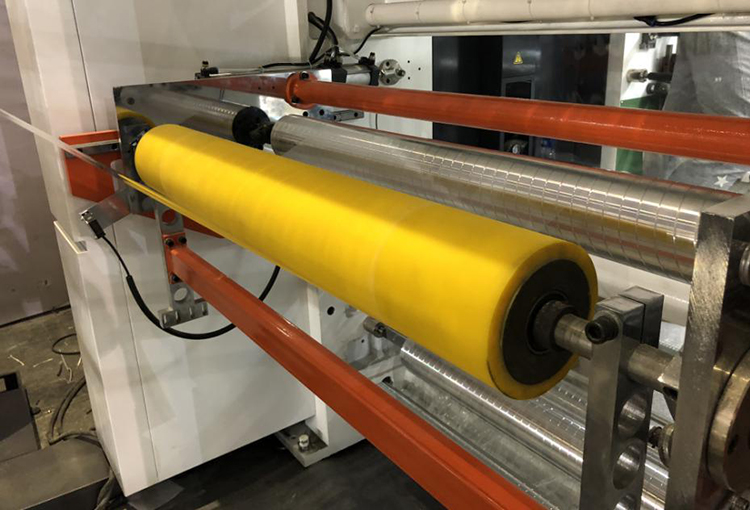

Digital Industrial Printing Methods
In digital printing, traditional inks are not used. Instead, powdered toners of different colors come in handy. Also, instead of using a printing plate or relief, the artwork or image gets sent straight from the soft copy (pdf) to a printing machine.
As a result, telling the difference between lithography and digital printing is difficult due to technological advancements increasing the quality of digital prints. Unlike its counterparts, the digital printing method is excellent for small print quantities and customization.
For digital printing, two technologies currently dominate. They are:
- Inkjet: here, small droplets of ink get propelled from the nozzles of print heads. The inkjet printers are suitable for printing on plastic, canvas, floor tiles, doors, and paper. As a result of its ease of application and economic nature, it is mainly used for signage and posters.
- Xerography/Laser printing: the image for creation gets formed through the selective application of a charge to a drum/metal cylinder. The run of electrical charge through the drum attracts toner particles which in turn get transferred to the printing surface.
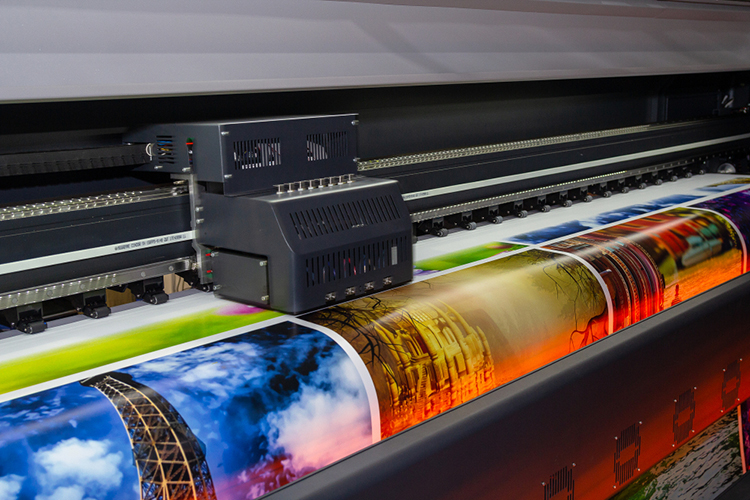
Offset Printing
It is a type of printing which utilizes aluminum plates. The technique requires the use of aluminum plates to transfer an inked image to a rubber blanket before rolling onto a sheet of paper. The name offset generated as a result of the model getting formed from another source before transfer onto the printing surface.
Offset printing has its advantages, which include: sharper quality image and text production. The offset printing method also goes by the name planographic and lithographic.
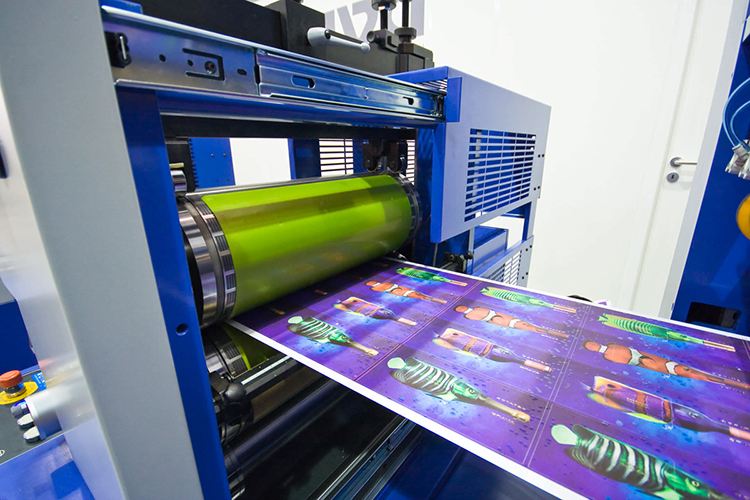
Screen Printing
printing on wood, fabric, signage, and glass, among others. As the name implies, the printing technique requires the use of a screen, which is woven fabric.
In screen printing, the use of stencils is necessary for the creation of sharp quality images. The method requires an aluminum frame to stretch the screen. The transfer of the image occurs after.
Due to the name screen printing, garments are the first thing that comes to mind, but that is not the only use. But, as seen in the method, it is also useful for creating designs on other products. The advantage of the technique is the fact that the printing surface need not be flat. It also serves various purposes across wide-ranging materials.

Pad Industrial Printing Methods
Pad printing also goes by the name tampography. With this printing process, a printer can transfer the 2-D image to a 3-D object. However, it also combines the offset and gravure method. Use of a cliche to transfer an image onto a silicone pad.
Application of the method gets done for hard objects which are not easy to print on. The objectives include apparel, automotive, promotional, electronics, appliances, toys, sports, and medical. It is also useful for depositing materials such as lubricants, adhesives, inks, and dyes.
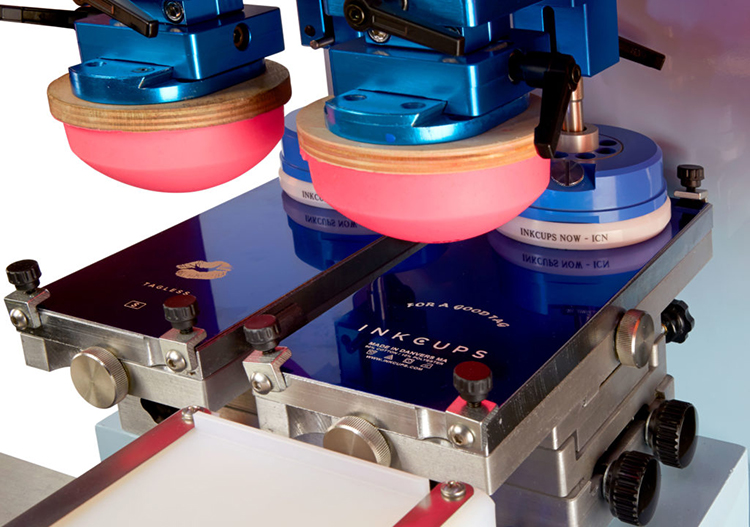

Thermography
In thermographic printing, two methods exist, and they both rely on heat to transfer an image or create letters on paper.
For the direct type of thermal printing, the printing surface should be coated with a material that incites a change of color when exposed to heat. The particular thermal printing method was once in older fax machines and can still be found in shops with receipt printers.
The complex variety requires the melting of a ribbon on a sheet of paper.

Flock printing
The application of materials onto an adhesive coated surface. These materials range from synthetic, wool, rayon, and cotton fibers. The printing method adds a suede texture or velvet to the surface. It helps add color to a printing area since the fibers can eventually be dyed.
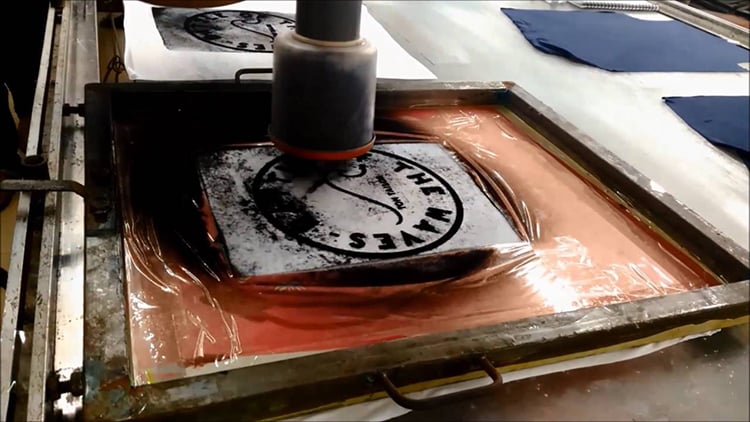
Letter Press Industrial Printing Method
It refers to direct imprinting of plates/ink media on a print surface. It is another method of relief printing requiring the use of a printing press. The technique is useful for creating several copies of an item through the direct impression of a plate on several sheets.
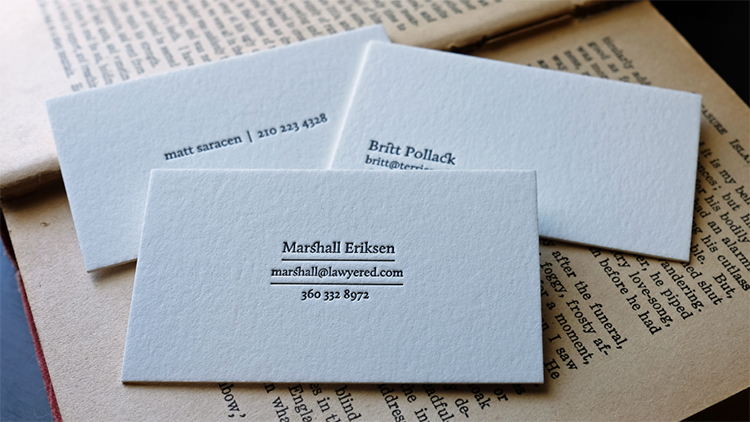
Conclusion
Different printing methods exist as seen above. However, depending on the class of material and nature of the print you want, the various techniques serve different purposes. Ensure you select one that fits your needs. If you want to know more info about the printing, please click here. And also if you want to get a quote, feel free to contact Zigpac.





Validate your login
Sign In
Create New Account